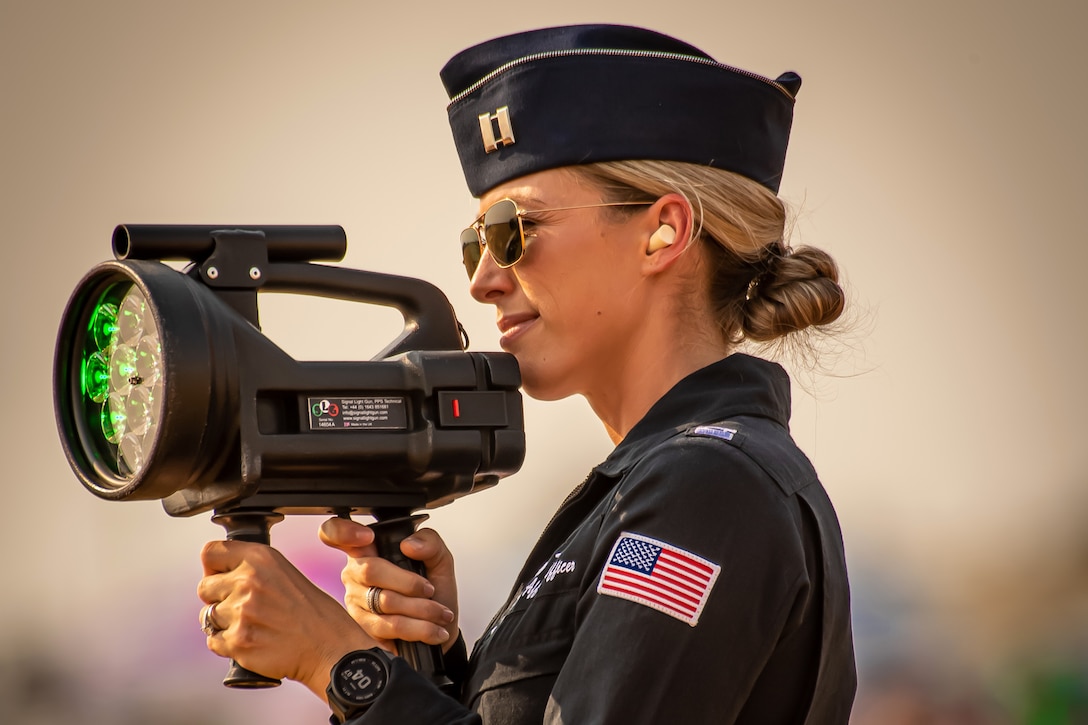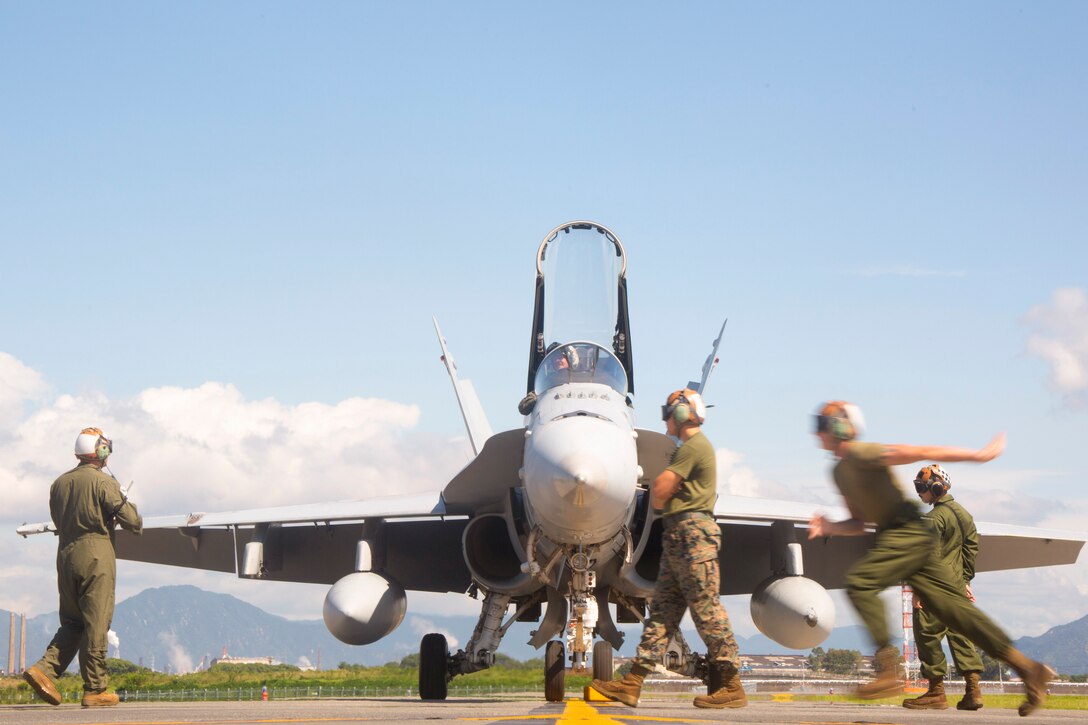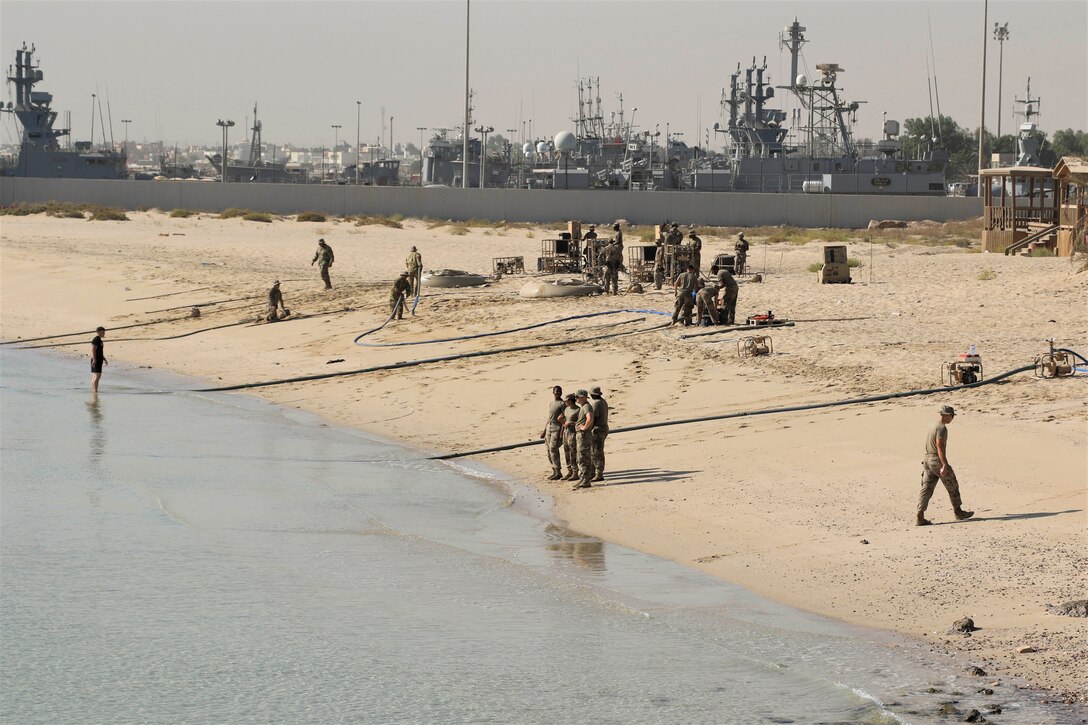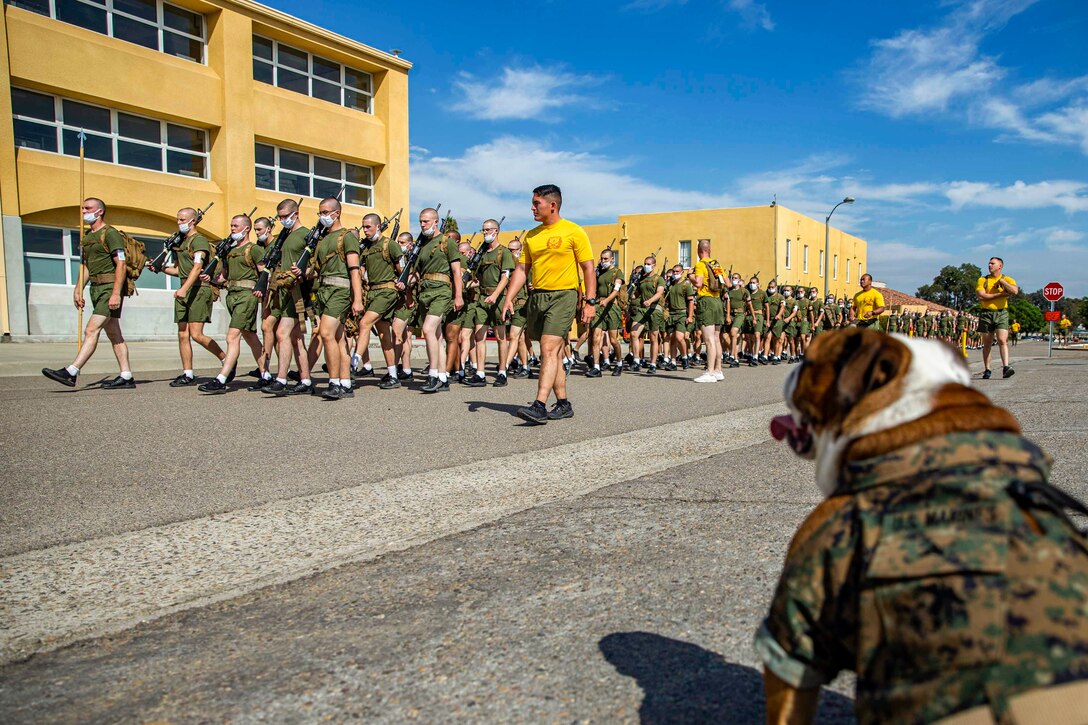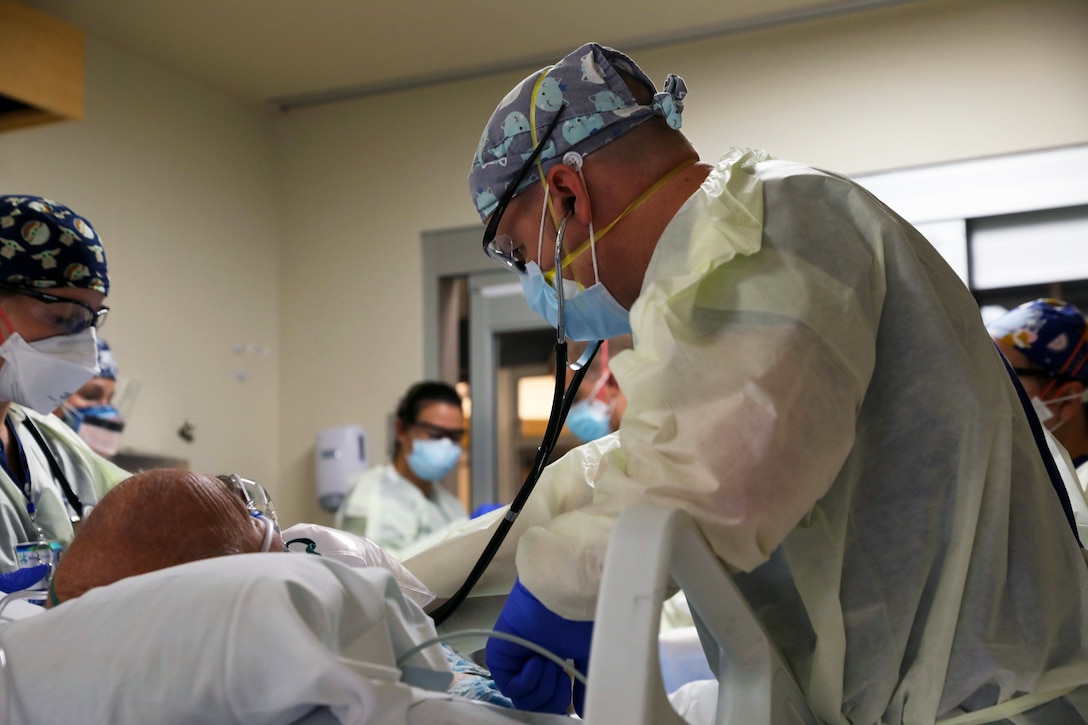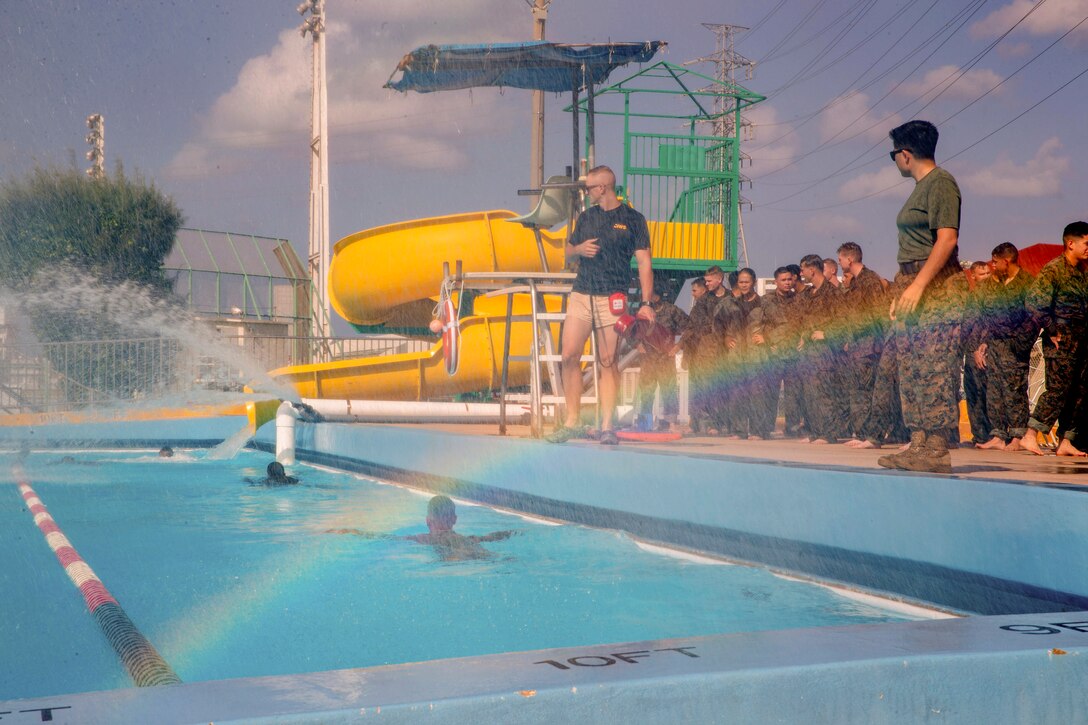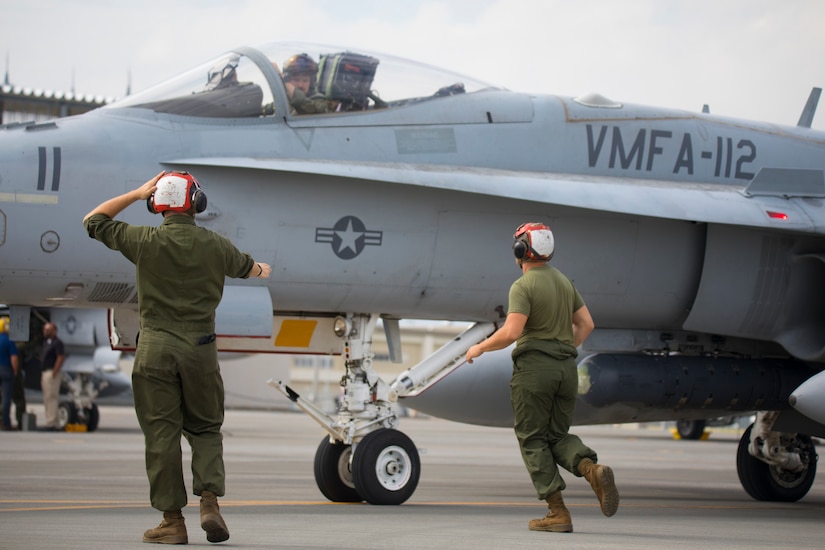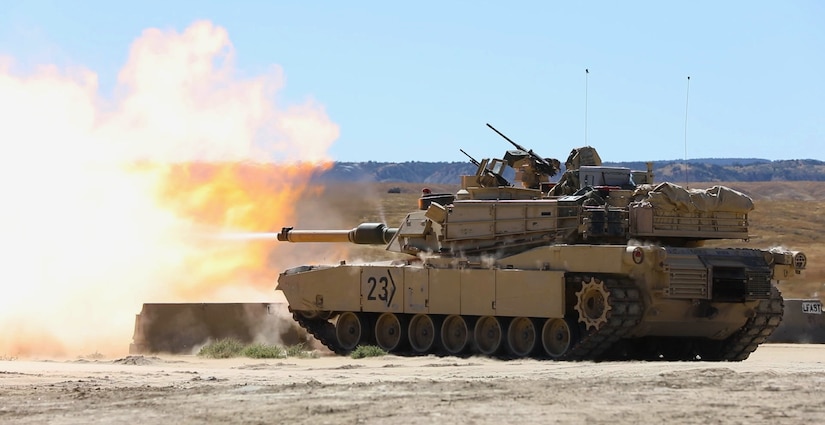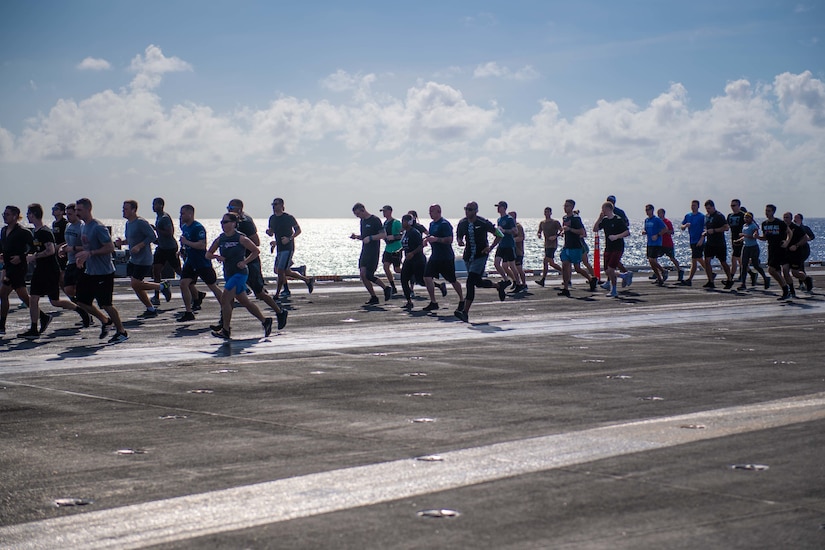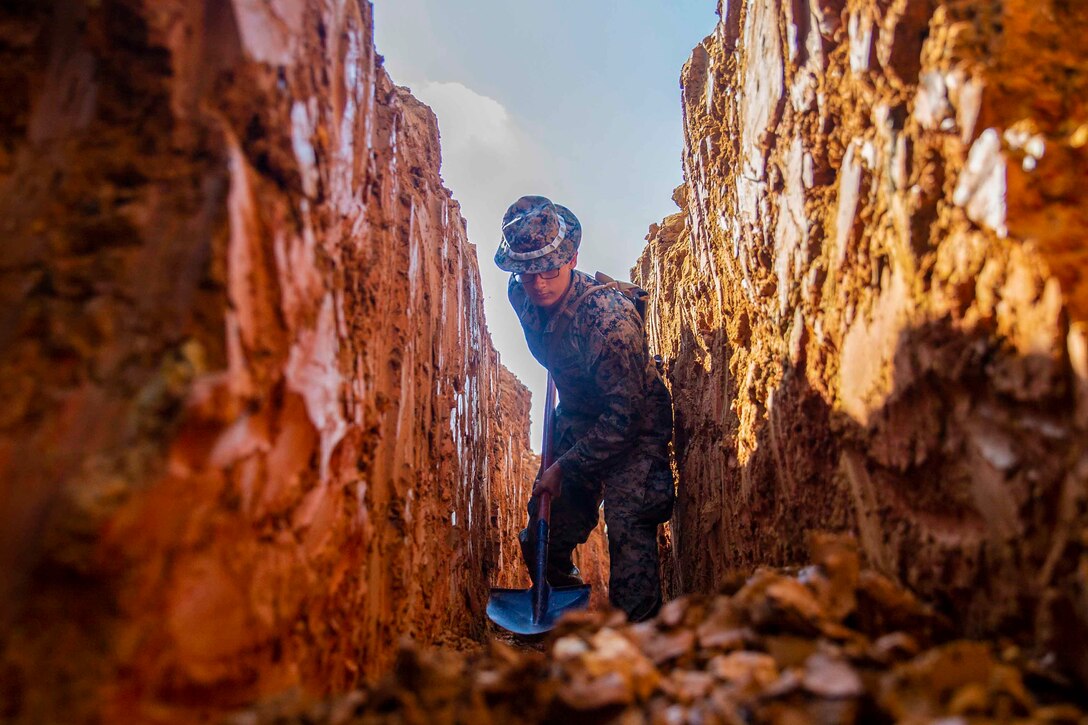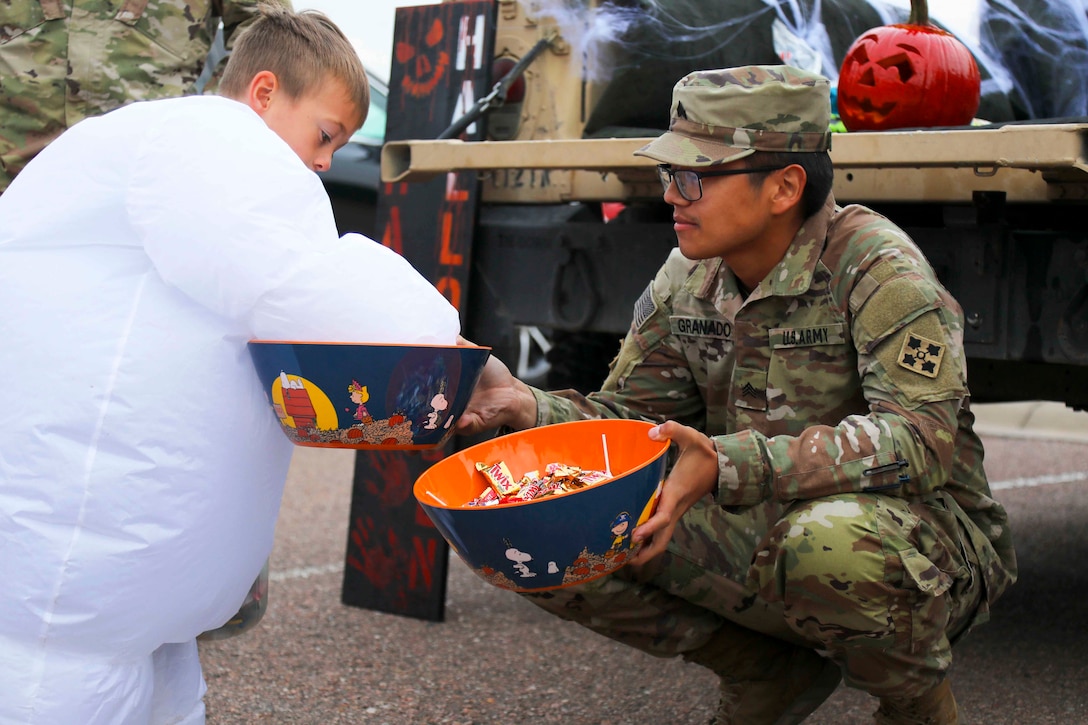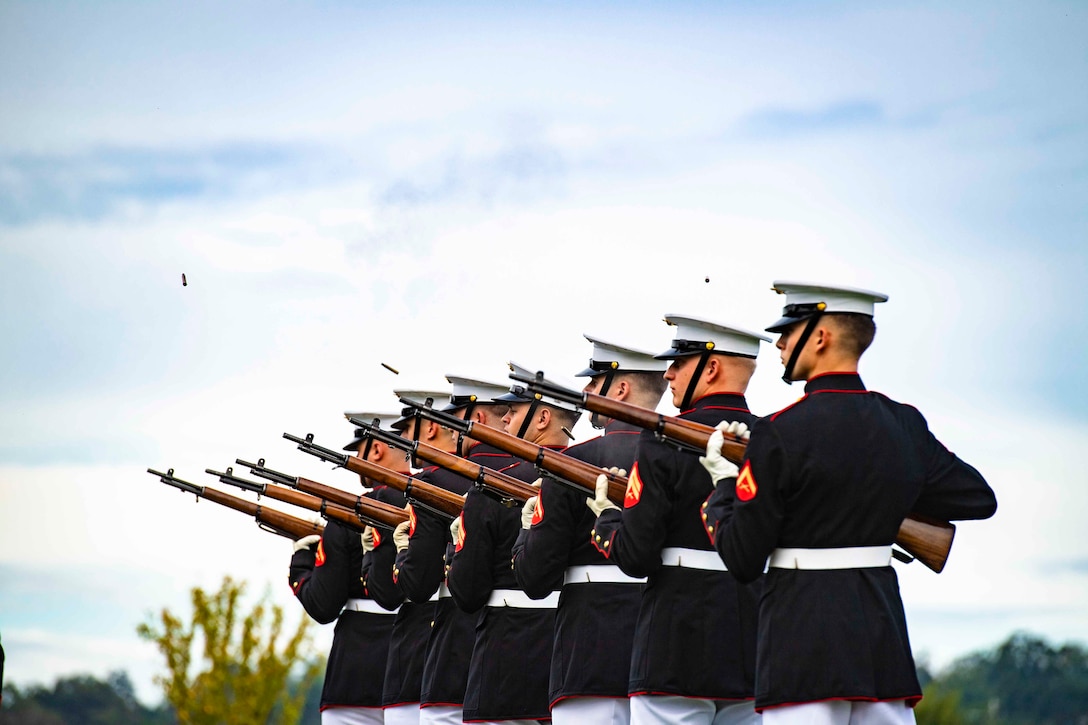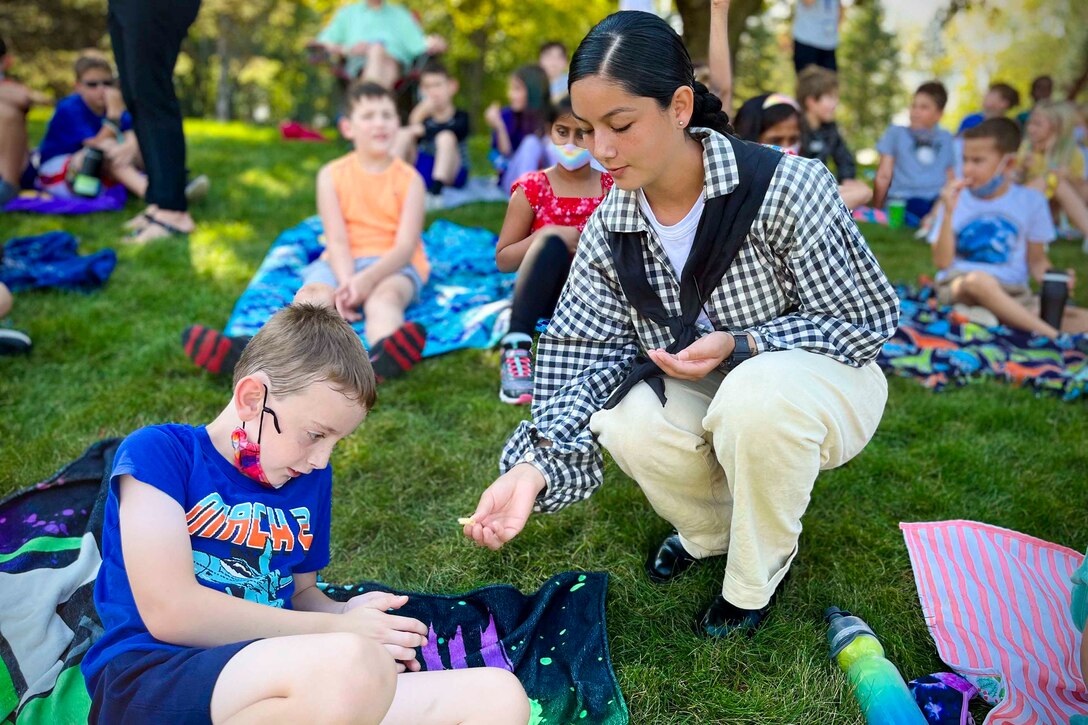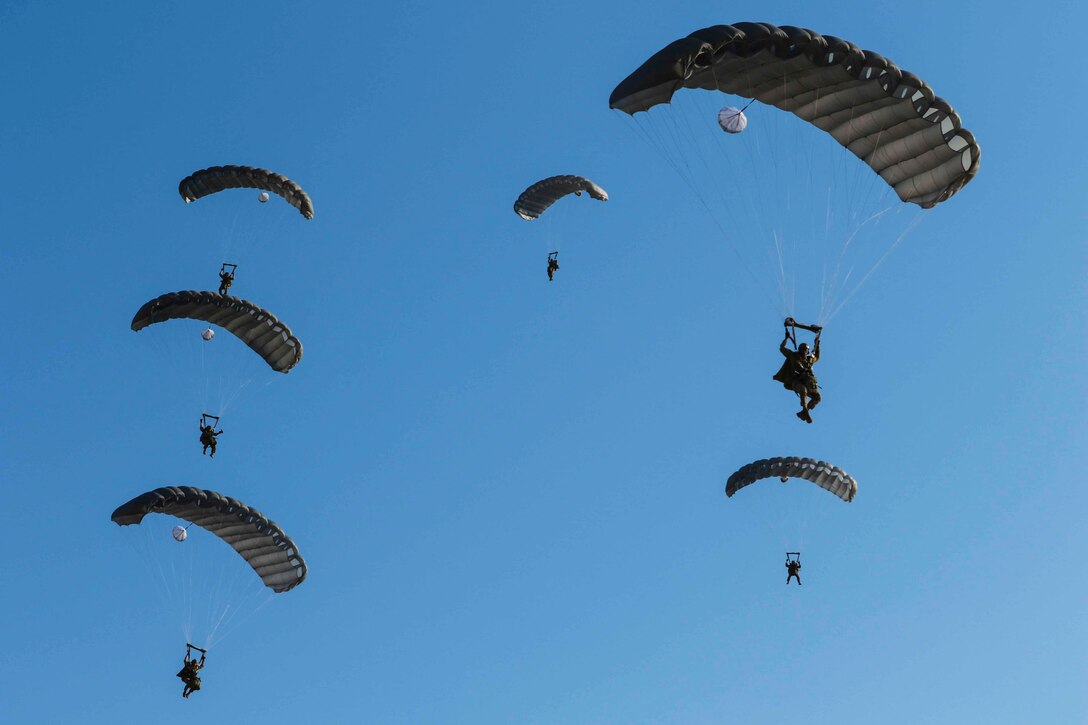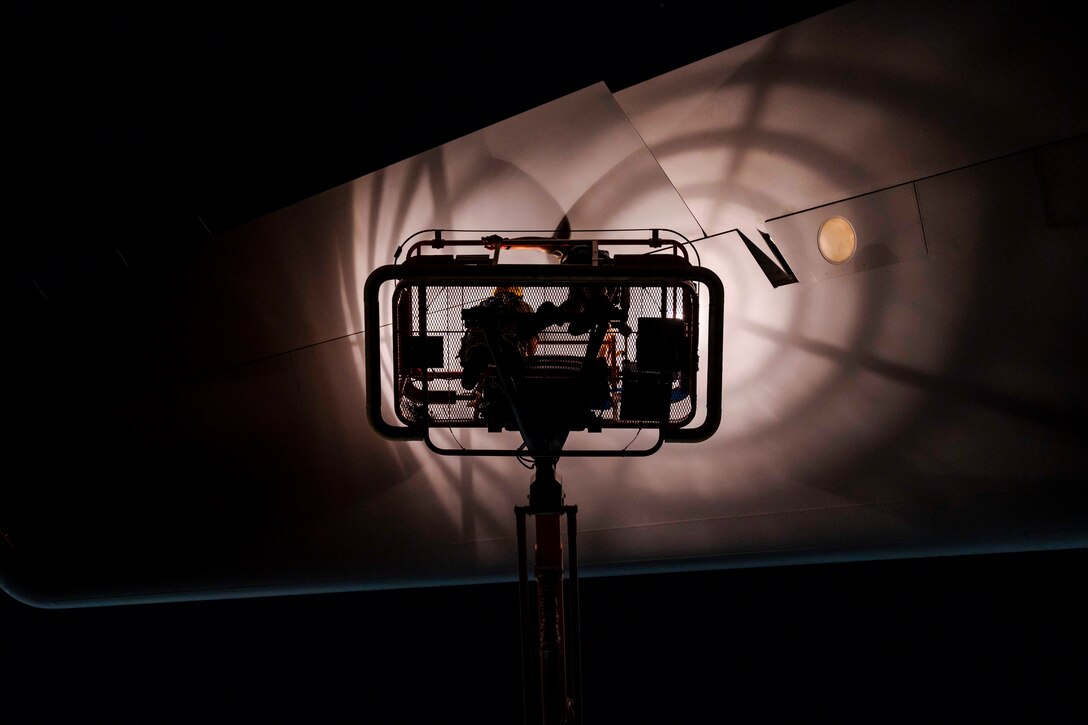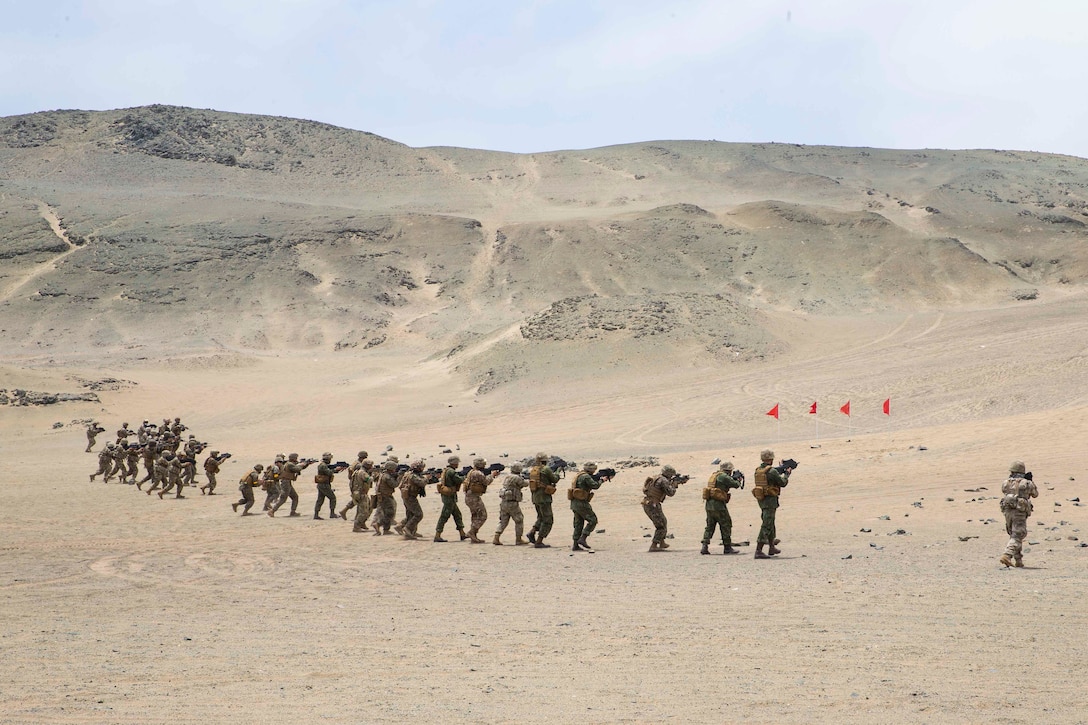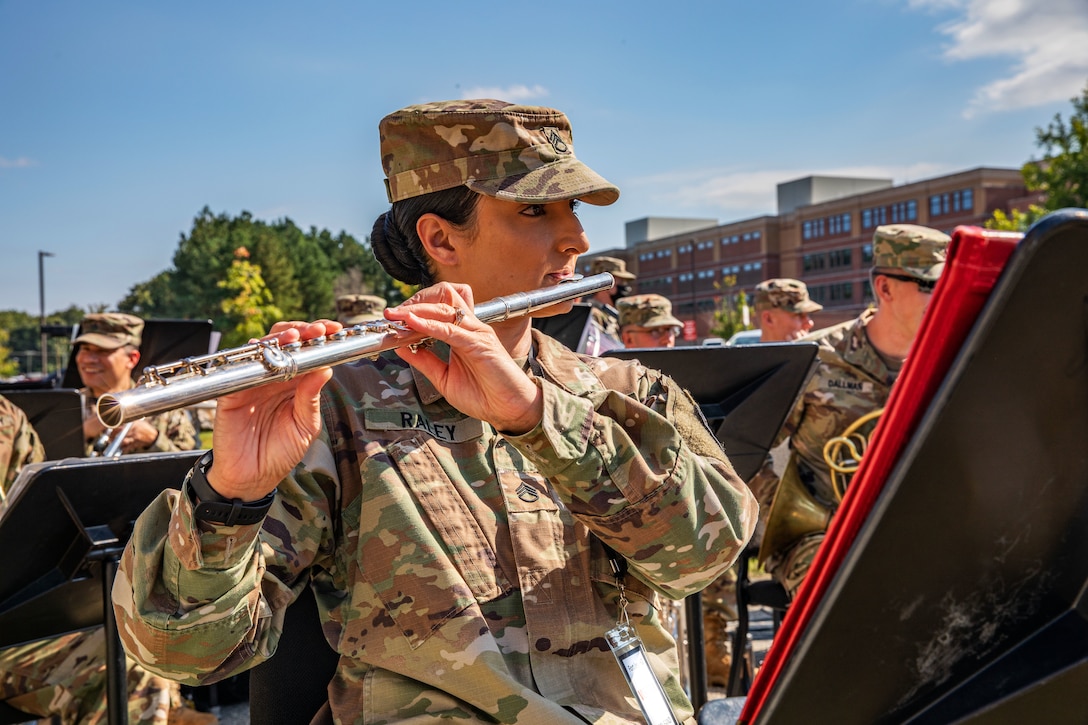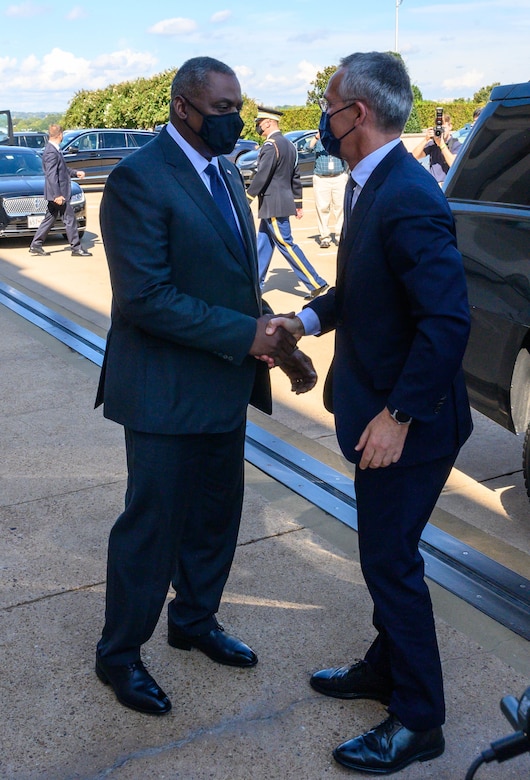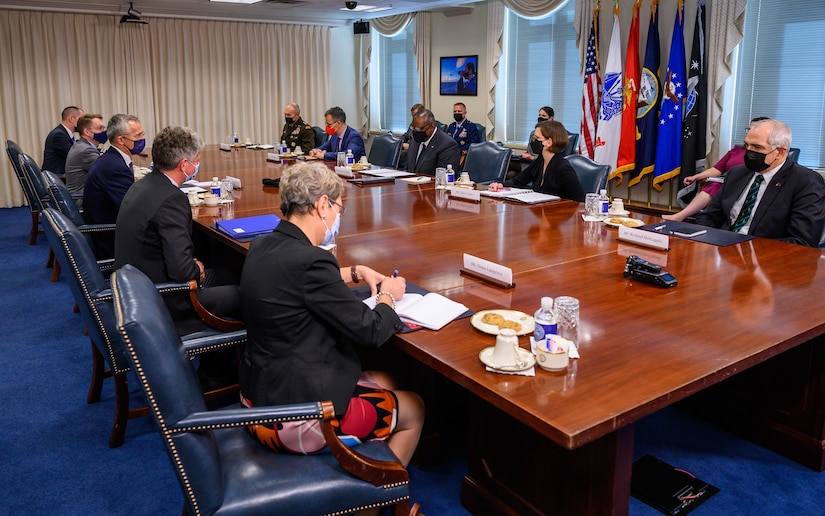Oct. 4, 2021
Secretary of Defense Lloyd J. Austin III; NATO Secretary General Jens Stoltenberg
SECRETARY OF DEFENSE LLOYD J. AUSTIN III: Well, Mr.
Secretary General, it's great to welcome you back to the Pentagon.
Again, thanks for making the trip. Let me also thank you for your
continued leadership and for your ambitious efforts to strengthen the
Alliance for the future.
NATO's power comes not just from its military might but from its
unity and sense of common purpose. You have been an outstanding champion
of those strengths and we're going to keep this Alliance resilient,
resolute and united.
Now, you and I have worked closely -- excuse me -- closely together
during the end of our military mission in Afghanistan, and on behalf of
the United States, thank you for the vital role that you played during
the drawdown and the evacuation.
NATO entered Afghanistan as a united Alliance after invoking Article 5
after 9/11, and 20 years later, NATO left Afghanistan as a unified
Alliance, thanks in large part to your dedication.
Mr. Secretary General, we met along with President Biden at the
successful June NATO Summit. Allied leaders launched a bold set of
initiatives to ensure that NATO continues to provide security to all of
our citizens through 2030 and beyond. We need continued investment in
NATO's deterrence and defense, as well as a revised strategic concept
that will guide the Alliance's approach to the evolving strategic
environment. So we've got a lot to do and I'm looking forward to working
on these efforts with you and my fellow defense ministers at our NATO
Ministerial later this month.
Now, NATO remains the essential forum for consultation, decision and
action on transatlantic security and defense issues, and NATO is a
foundation on which we continue to build our collective security and
shared prosperity. It's the most powerful and successful Alliance in
history and we're going to keep it that way.
And so, Mr. Secretary General, thank you again for being here. I'm
looking forward to some good discussions today and to even more soon at
the Defense Ministerial. Thank you.
NATO SECRETARY GENERAL JENS STOLTENBERG: Thank you so much, Secretary
Austin. It's good to be back in Pentagon and thank you so much for your
warm welcome, but most importantly, thank you for your strong
commitment to NATO, to -- for your leadership. And let me also pay
tribute to all the men and women in the U.S. Armed Forces who, every
day, work for our shared security and are part of the shared commitment
we have in NATO.
NATO is as important as ever because we face a more competitive world
-- we see Russia responsible for aggressive actions, we see a more
assertive China using its economic and military might, and we also face
cyber threats, persistent terrorist threats, and also the security
impact of climate change.
So there is no continent, no country that can face this challenge
alone. We have to stand together, North America and Europe, in NATO, and
we need to adapt the Alliance to the changing security environment and
that's exactly what we are doing.
Since we made the decision in 2014, all Allies have invested more in
defense, European Allies and Canada have added $260 billion extra for
defense over these years, and more and more Allies also meet the
(inaudible) spending at two percent of GDP on defense. So NATO is
adapting, responding to a more demanding security environment, and we
need to maintain this momentum as we move forward.
We -- we stood together on Afghanistan for 20 years. It was a
difficult decision to leave Afghanistan but it was a decision we made
together, as 30 Allies. After extensive consultations, several
ministerial meetings and many diplomatic consultations at the NATO
Headquarters between Allies, we made the decision together to end our
military presence there.
Our mission in Afghanistan was not in vain. For 20 years, we were
able to prevent any terrorist attack being organized from Afghanistan
against our countries and we will continue to work together to make sure
that we preserve the gain we made in the fight against terrorism.
We will continue to modernize the Alliance, to demonstrate that we
are stronger when we stand together, and for me, it -- it is obvious
that the crisis in Afghanistan does not change the main message, does
not change the need for Europe and North America to stand together
strong in NATO.
So I look forward to our meeting and thank you so much again for your
hospitality and for taking the time for this meeting. Thank you.
